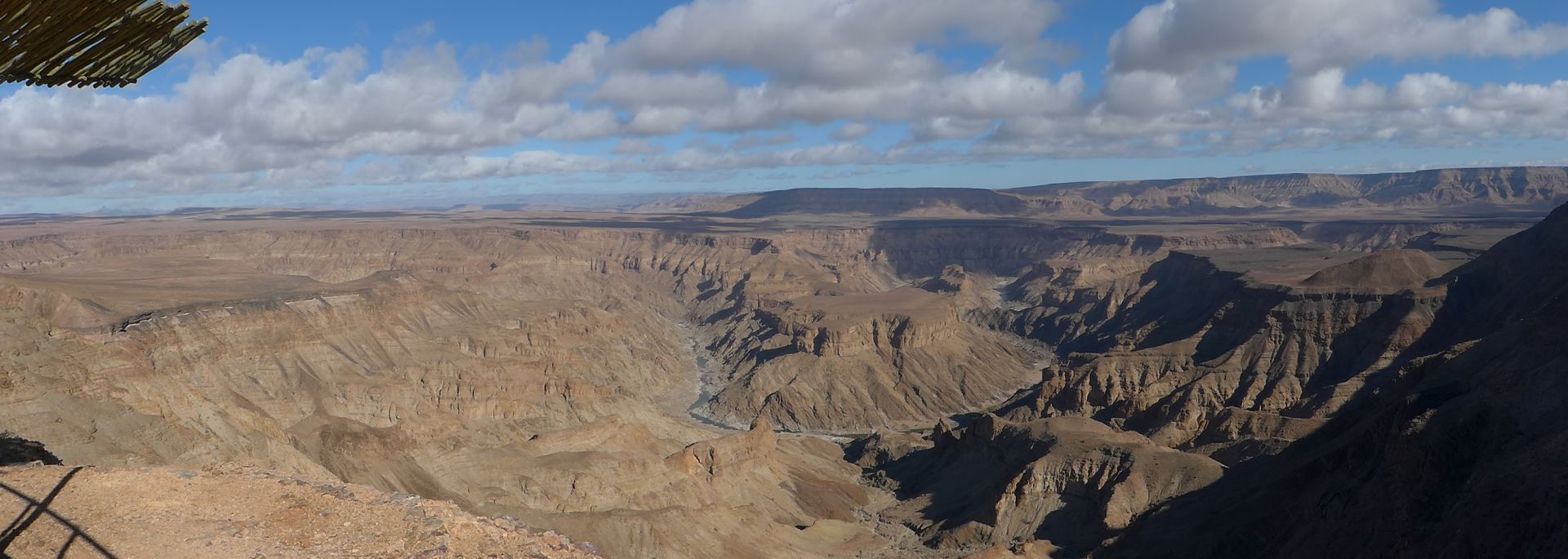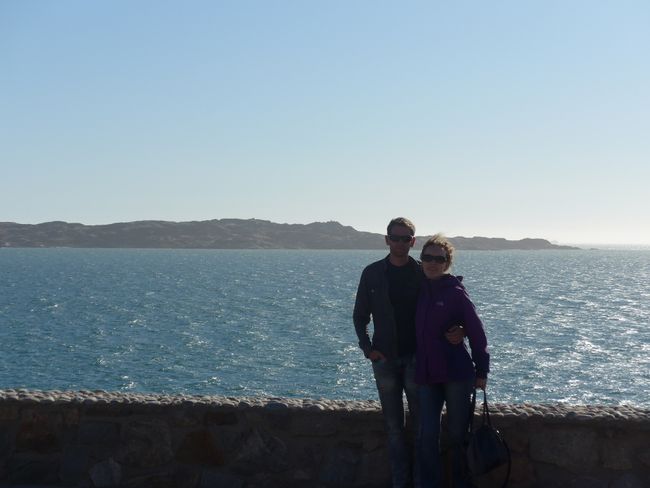Temple of the Rocks and Spiritual Cleansing (Bali Part 6)
Publicado: 30.09.2018
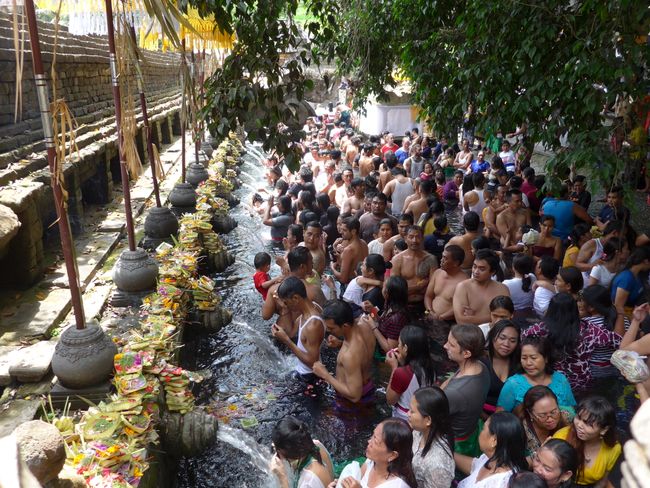
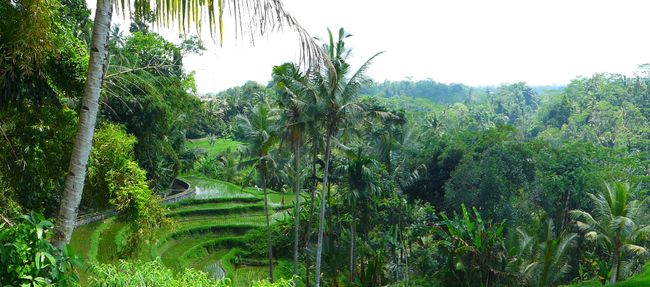
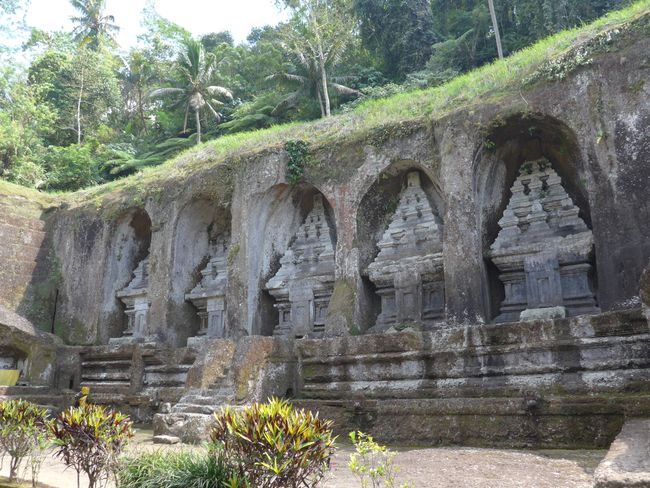
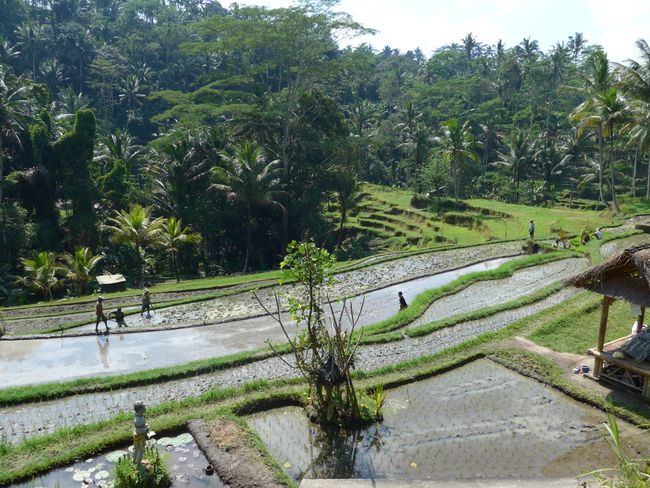
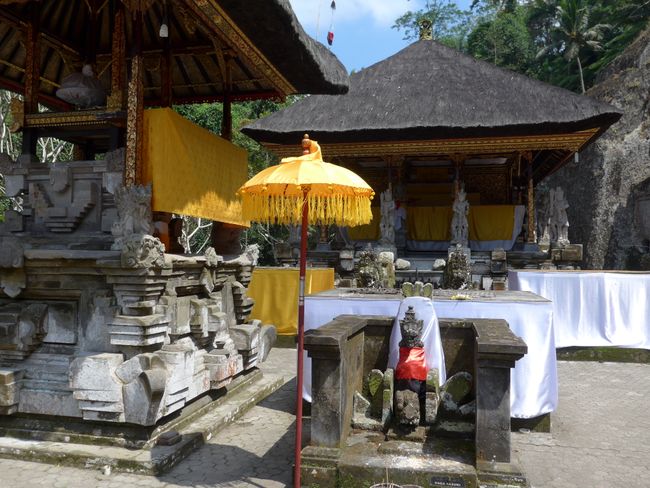
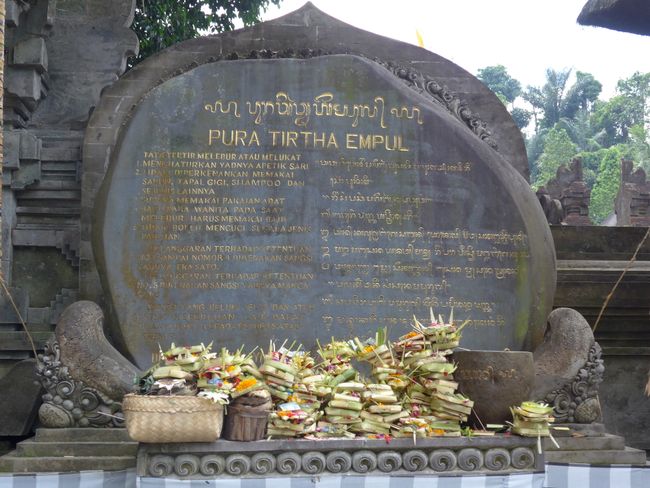
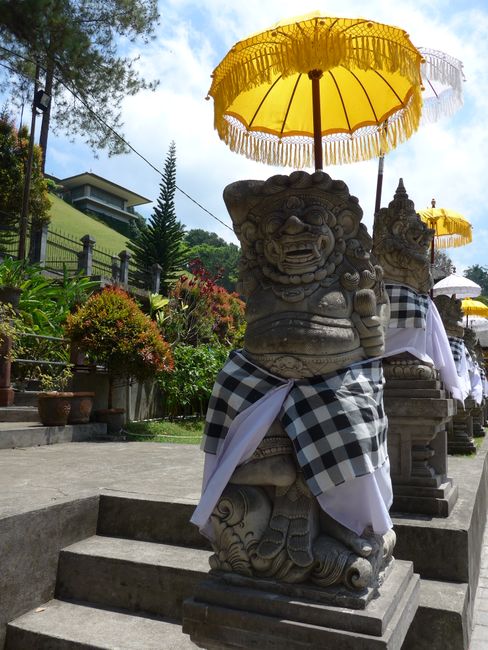
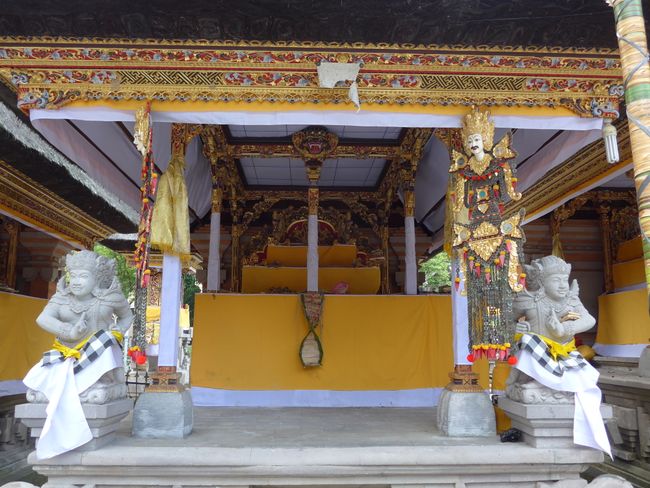
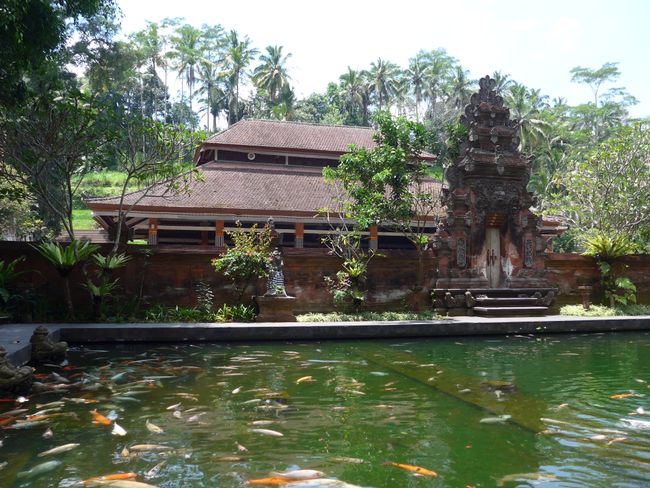
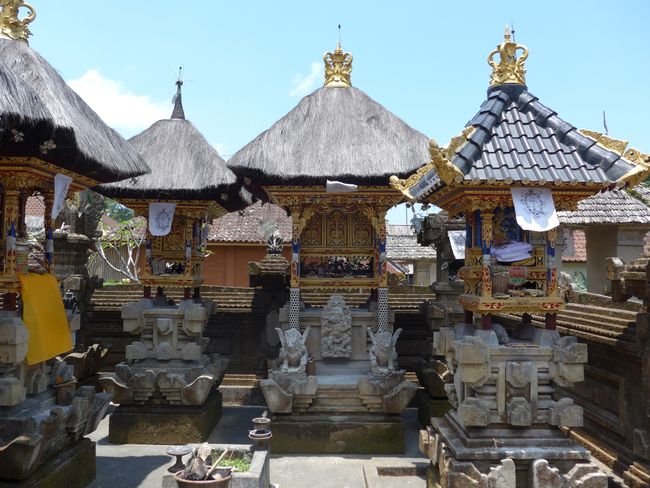
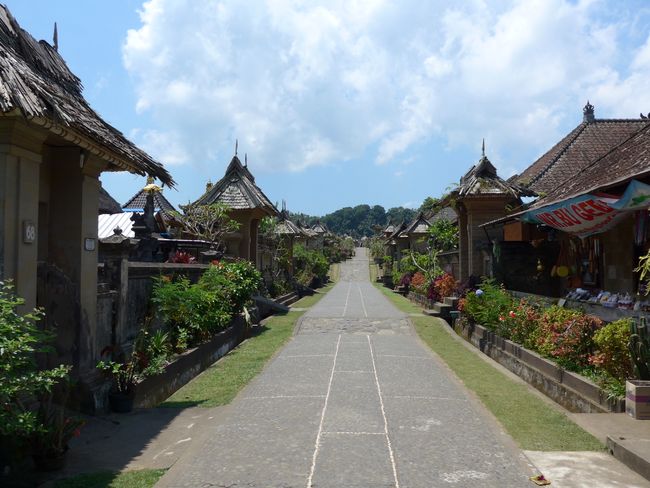
Suscríbete al boletín
From Ubud, we went past rice terraces in the morning to the Gunung Kawi Temple, which means 'sacred mountain'.
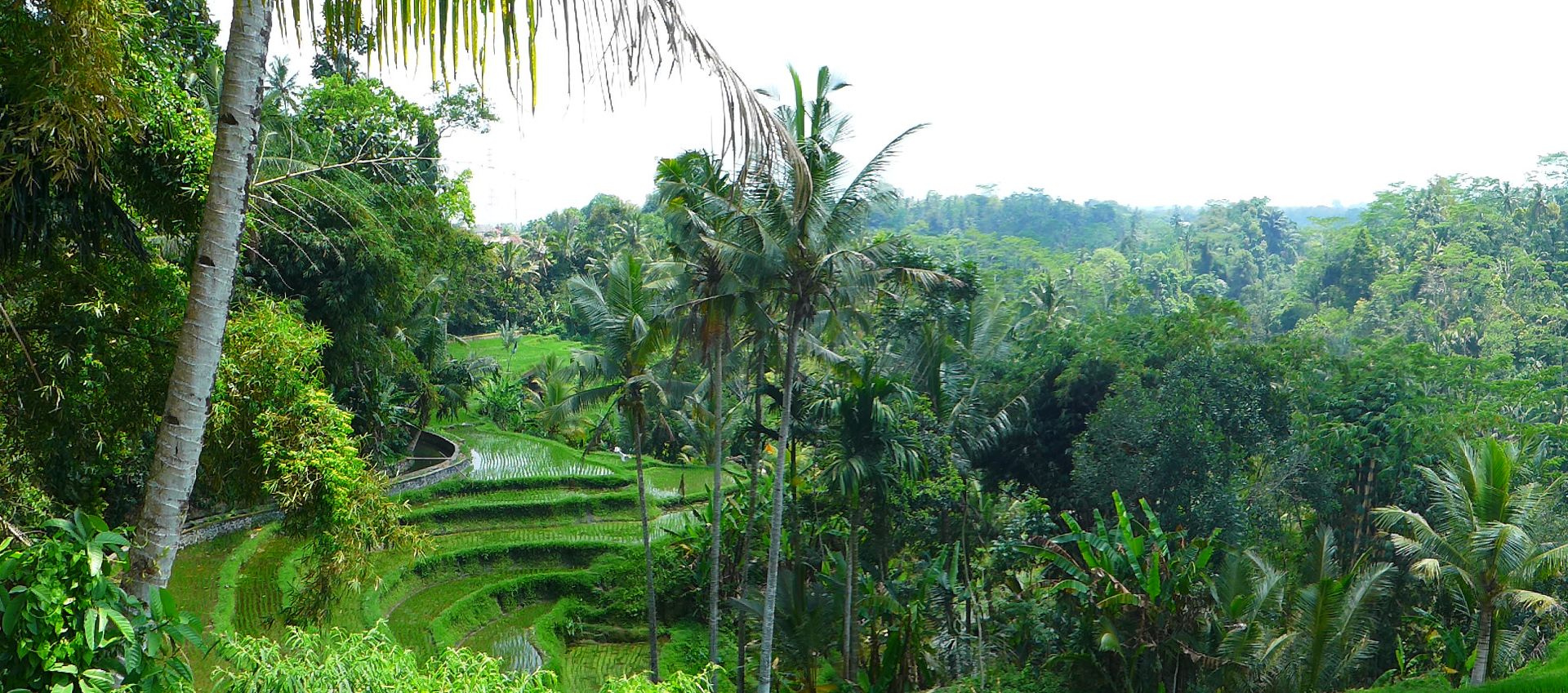
To reach the temple, we descended 291 steps, passing by the workers who were replanting the rice fields.
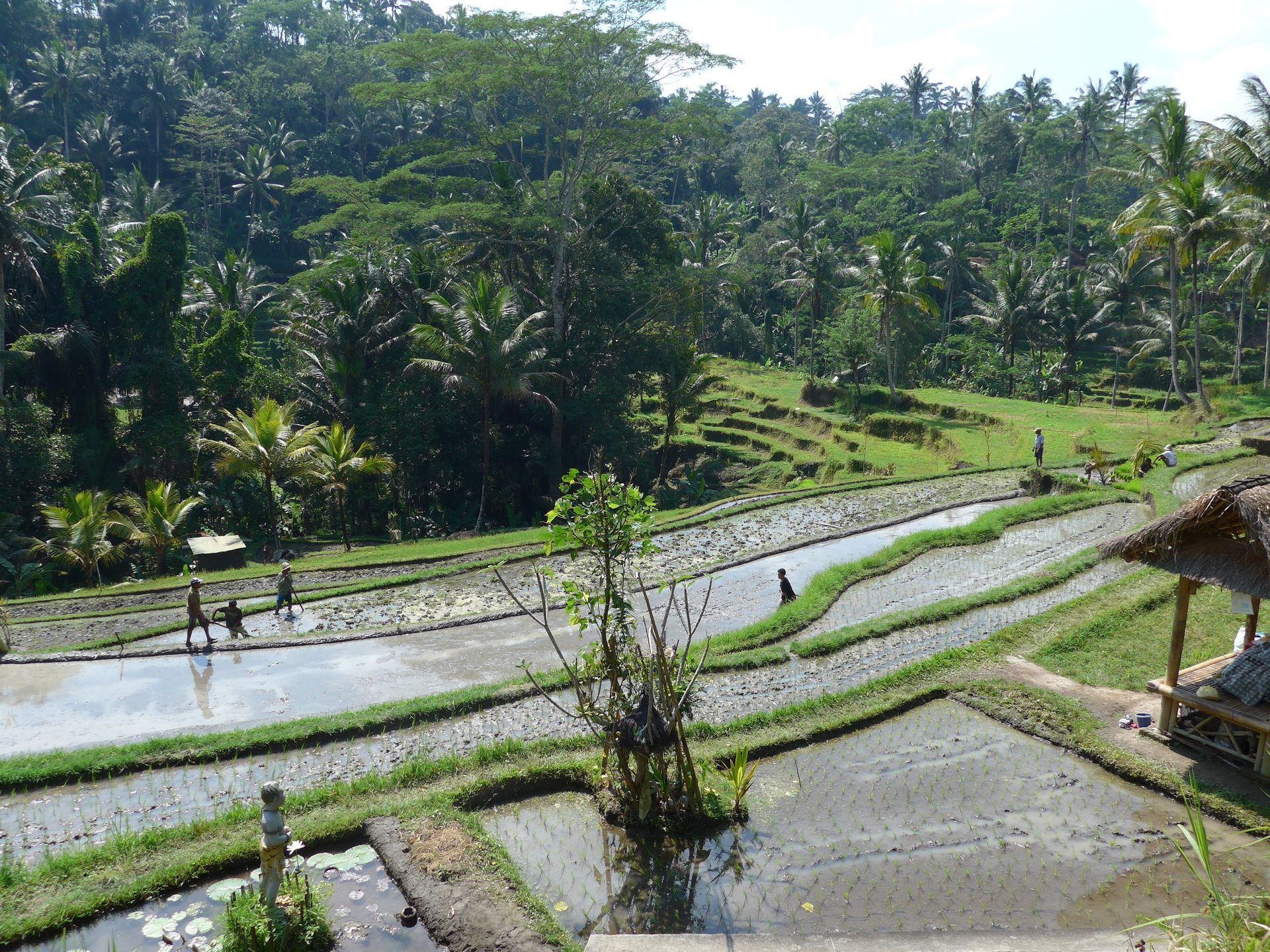
At the bottom, we saw shrines carved into the rocks in honor of the royal ancestors. On one side, there were four shrines: for the king, queen, and their two sons. On the other side, there was an additional shrine for the royal concubine.
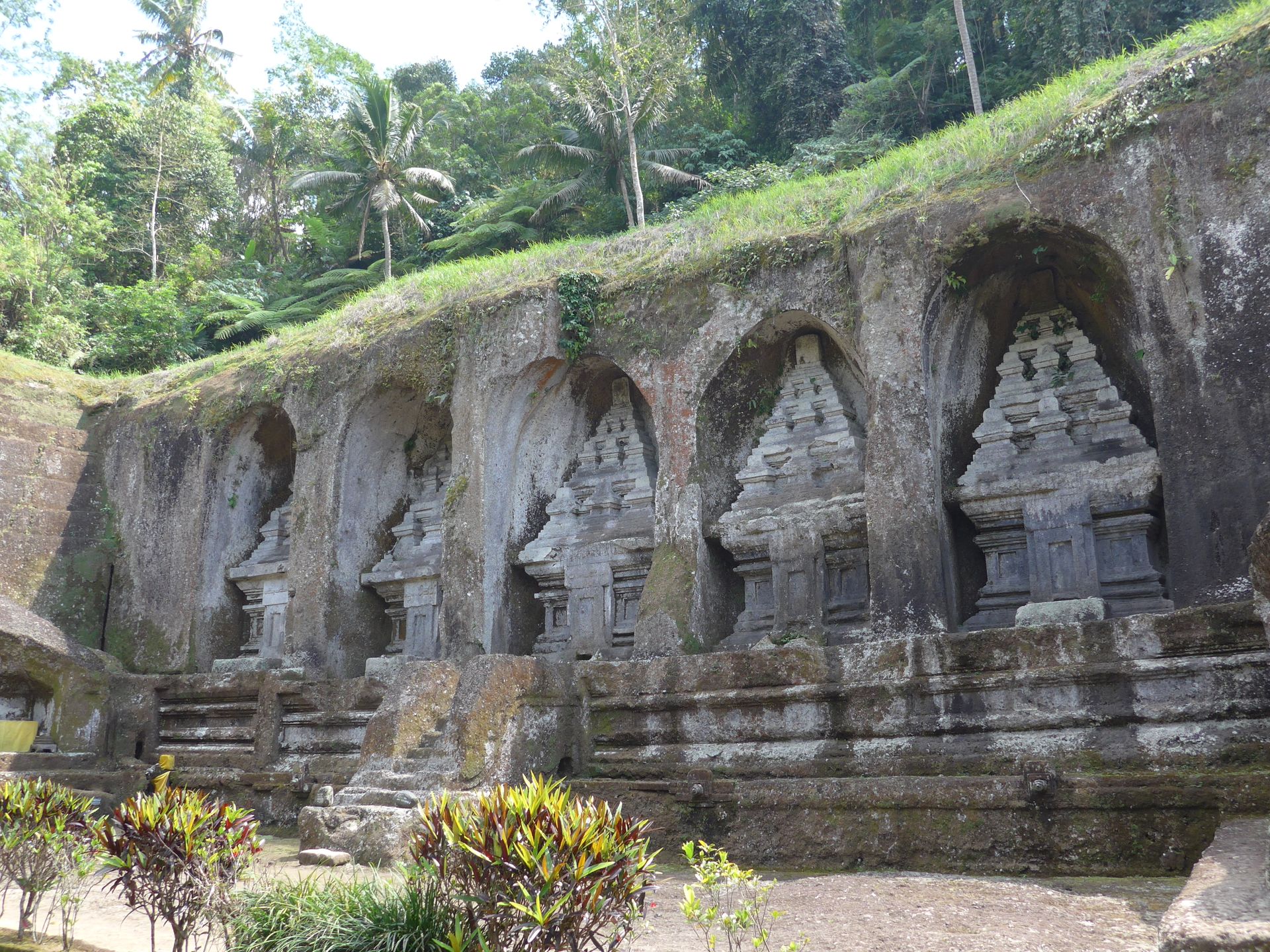
Our tour guide told us that polygamy is still practiced in Hindu Bali today, but it is the exception. For example, his former neighbor has three wives and alternates between each one every two days. At least in theory - in practice, he is probably with the youngest and most beautiful of his wives most of the time...
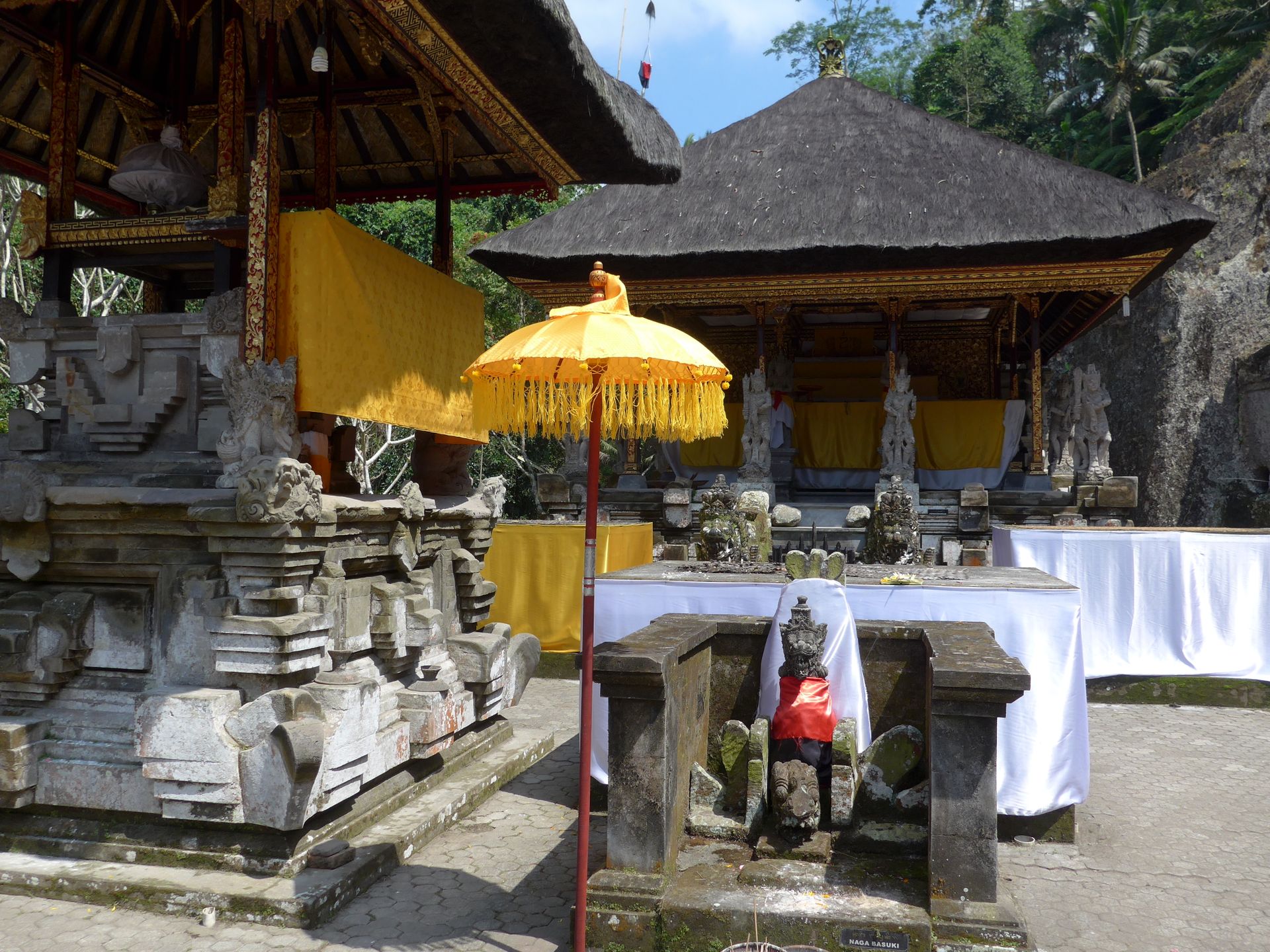
The man can only marry one more time if his first wife gives her consent. However, she is sometimes coerced with the threat of divorce...
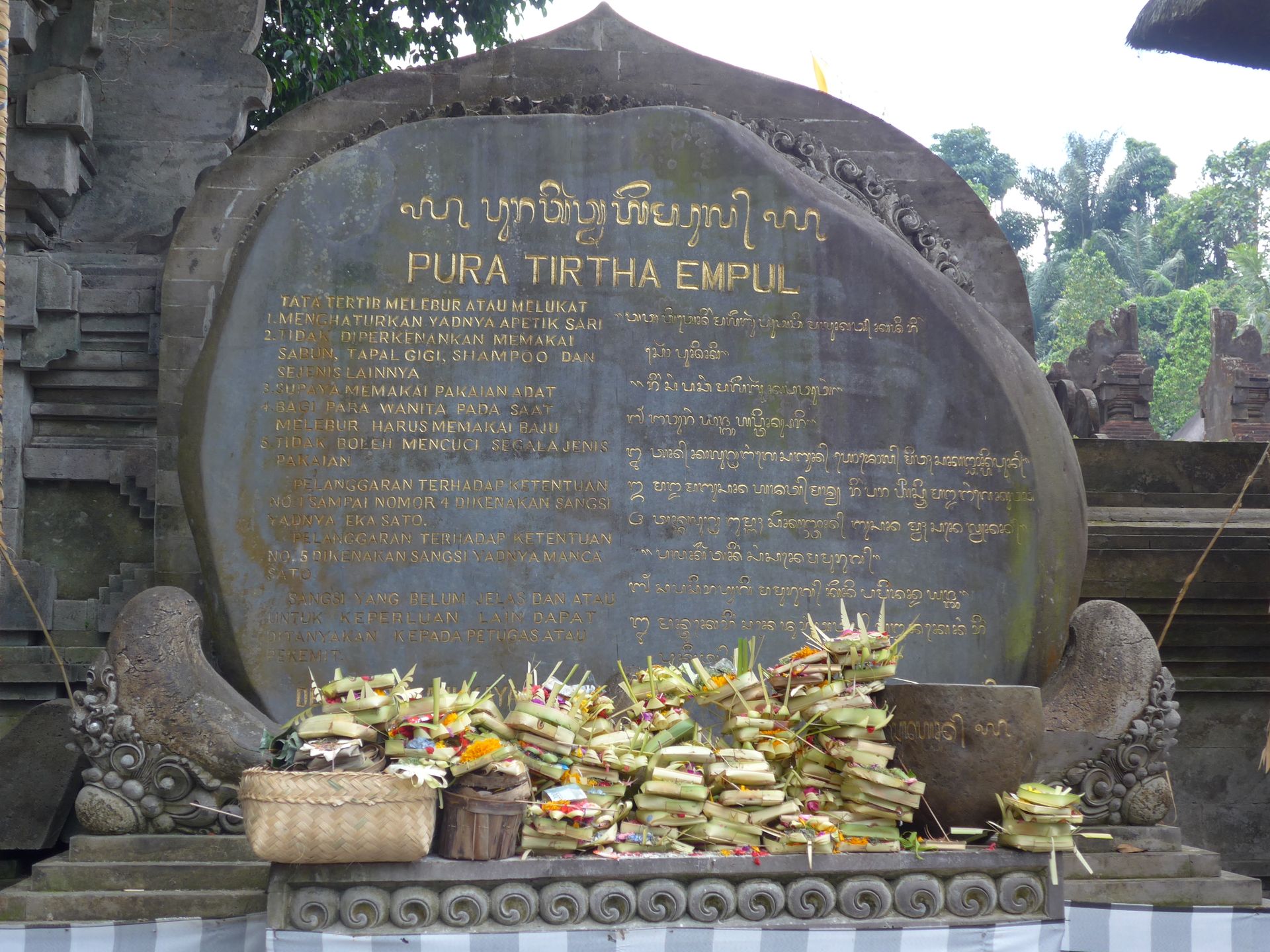
We continued our journey to the Tirtha Empul Temple, which is located at a holy spring. Balinese people - and some tourists with the right mentality - perform a bathing ritual here at least once a year.
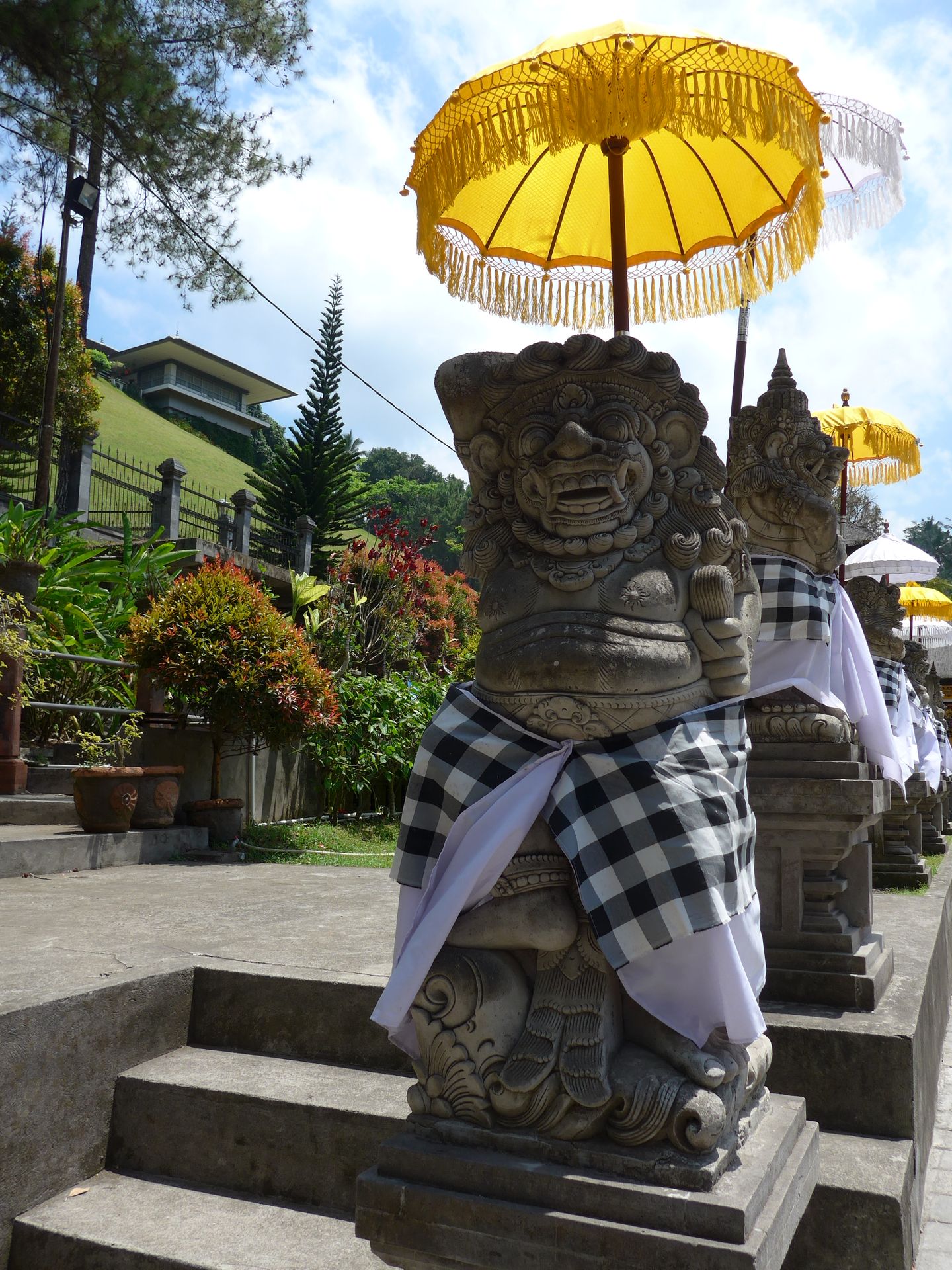
During the ritual, you go from spout to spout and cleanse yourself while praying. Each spout has its own meaning, such as health, problems with your spouse, or in your career.
When we visited the temple, it was Sunday and the line of worshippers was long. However, the queue for the bathing ritual seemed to be extremely orderly by Balinese standards...
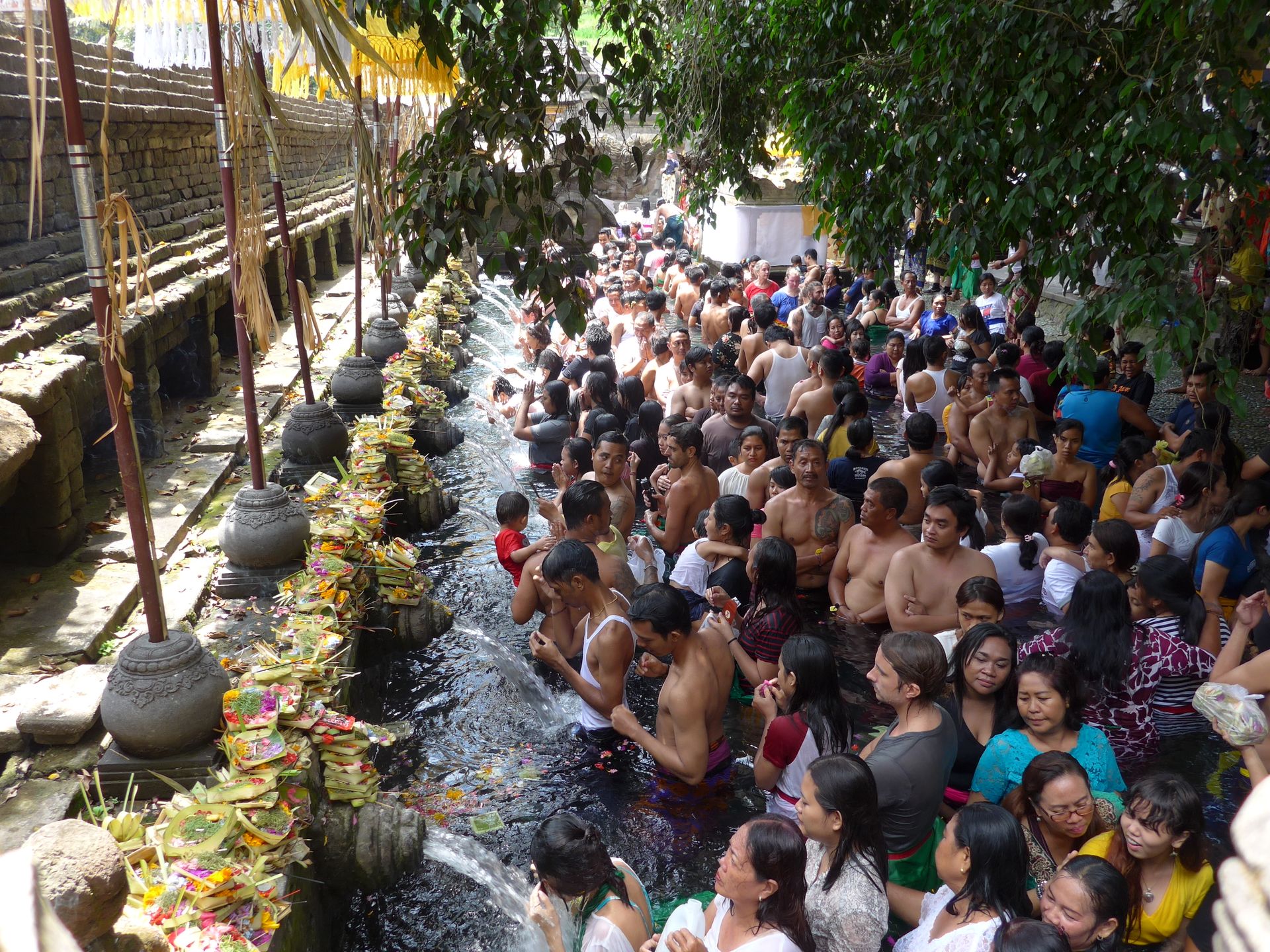
Before that, offerings are also made. In the back area of the temple, additional offerings can be made and prayers can be said - always under observation and in front of the cameras of the tourists, who are allowed to take photos here...
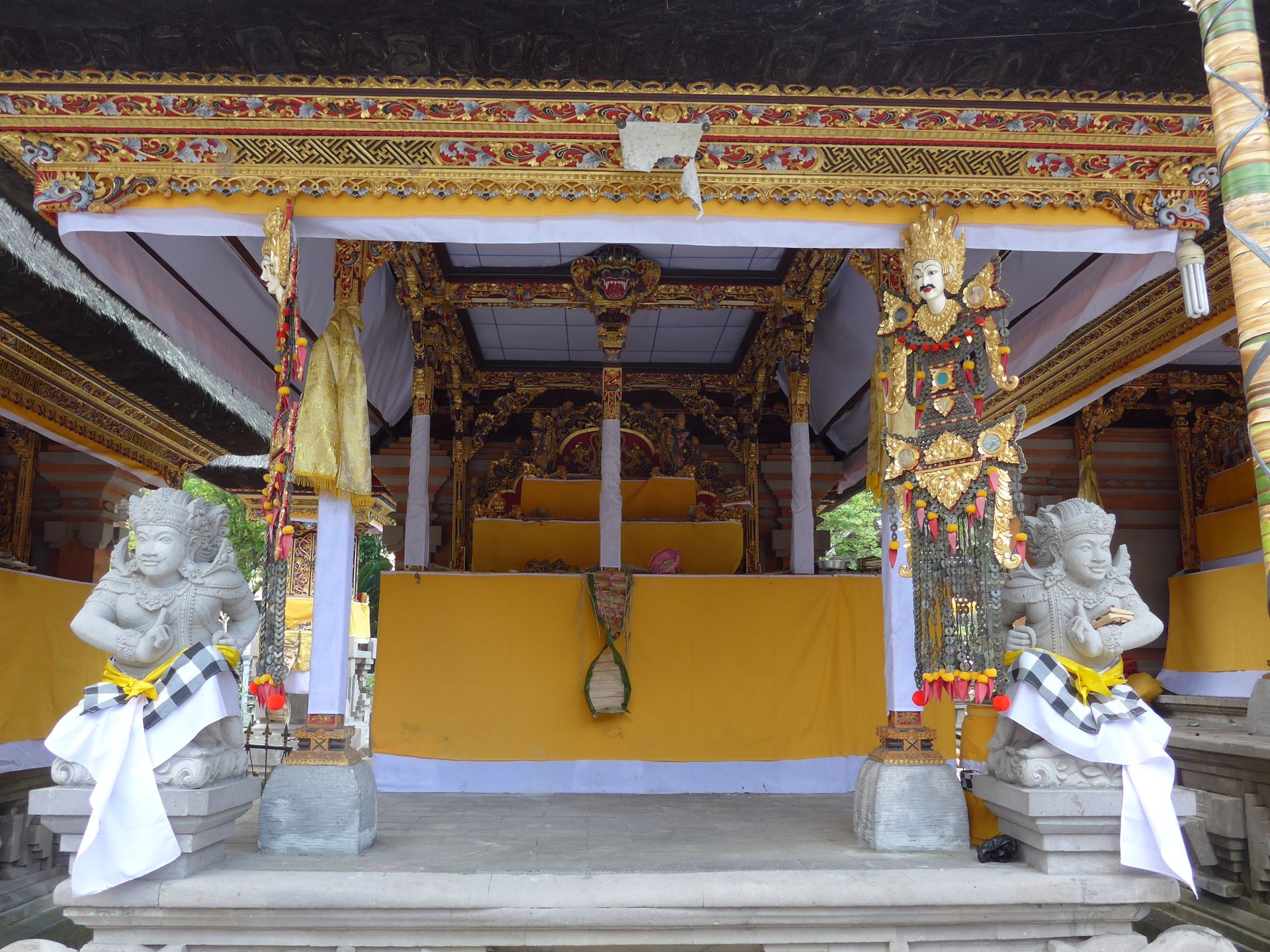
If the bathing ritual shows the desired effect, some worshippers donate a fish to the temple pond. There are now quite a few well-fed fish swimming around here, which visitors also enjoy feeding. They also live here safely because fishing in the sacred pond is prohibited.

Our last stop for the day was the village of Penglipuran. Along a long main road enclosed by a wall, there are many traditional Balinese houses that can be visited by visitors. Although they are inhabited, the enterprising villagers have set up small shops and therefore welcome visitors into their living area.

Unlike what is usual for us, not all rooms are located in one building, but in various small houses. So there is a house with the living and sleeping area, separated from it are the kitchen and workplace, and of course the family temple in the entrance area.
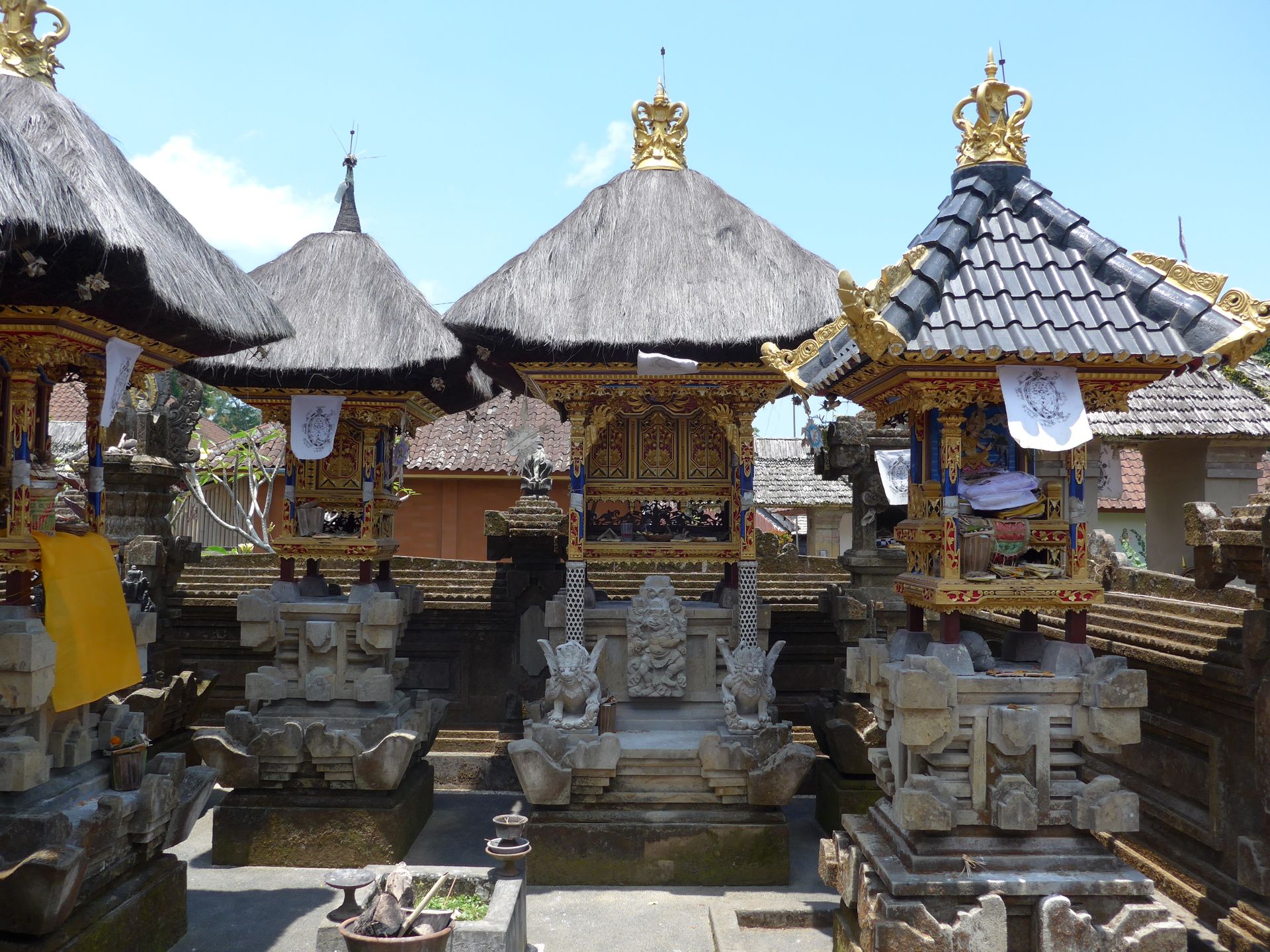
Suscríbete al boletín
Respuesta
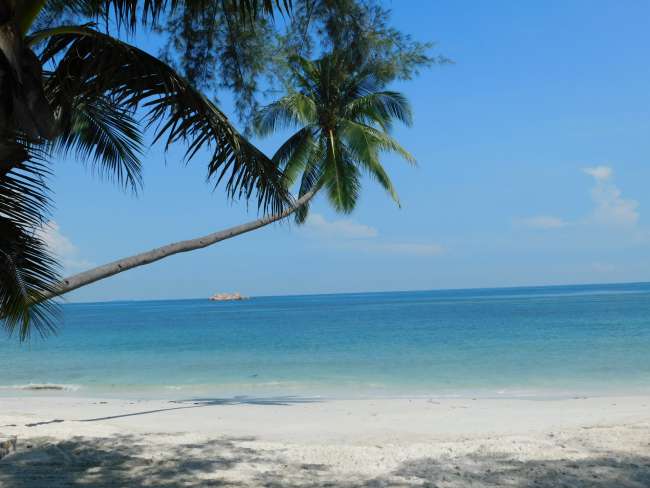
Informes de viaje Indonesia
